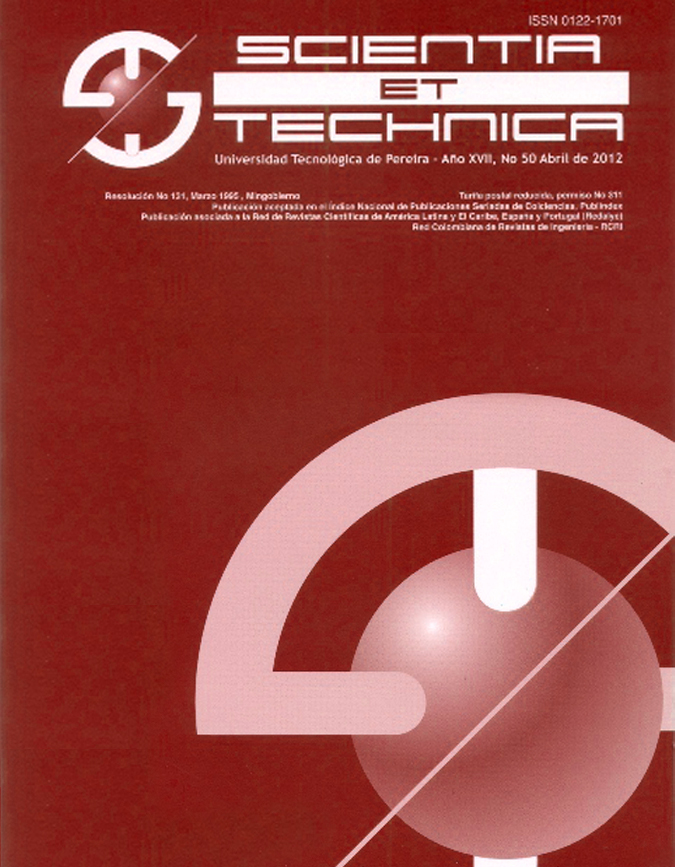Potential of agroindustrial waste for the synthesis of activated carbon: a review
DOI:
https://doi.org/10.22517/23447214.17031Palabras clave:
Activated carbon, agroindustrial waste, chemical activation, physical activation.Resumen
In the present article, a review is made of the use of agro-industrial waste and its potential use as a raw material for the manufacture of activated carbons and the various applications in which they can be used. The lignocellulosic biomasses found have a high content of organic compounds and low ash content, as very useful characteristics when subjecting the residues to differentes activations mechanisms (physical or chemical). In addition, the advantages in terms of efficiency and costs, also, the differents applications such as: removal of heavy metals, adsorption of different dyes, elimination of emerging pollutants, uptake of polluting gases, water purification, among others. The study of the analyzed works allows to conclude that the different types of biomasses are useful for the synthesis of activated carbon and that the activation mechanism is the primordial stage of the l process to establish chemical and textural characteristics on the final productDescargas
Descargas
-
Vistas(Views): 748
- PDF Descargas(Downloads): 635
Publicado
Cómo citar
Número
Sección
Licencia
Derechos de autor y licencias
La revista es de acceso abierto gratuito y sus artículos se publican bajo la licencia Creative Commons Atribución/Reconocimiento-No Comercial-Compartir bajo los mismos términos 4.0 Internacional — CC BY-NC-SA 4.0.
Los autores de un artículo aceptado para publicación cederán la totalidad de los derechos patrimoniales a la Universidad Tecnológica de Pereira de manera gratuita, teniendo en cuenta lo siguiente: En caso de que el trabajo presentado sea aprobado para su publicación, los autores deben autorizar de manera ilimitada en el tiempo, a la revista para que pueda reproducirlo, editarlo, distribuirlo, exhibirlo y comunicarlo en cualquier lugar, ya sea por medios impresos, electrónicos, bases de datos, repositorios, discos ópticos, Internet o cualquier otro medio requerido.
Los cedentes mediante contrato CESIÓN DE DERECHOS PATRIMONIALES declaran que todo el material que forma parte del artículo está totalmente libre de derechos de autor de terceros y, por lo tanto, se hacen responsables de cualquier litigio o reclamación relacionada o reclamación relacionada con derechos de propiedad intelectual, exonerando de toda responsabilidad a la Universidad Tecnológica de Pereira (entidad editora) y a su revista Scientia et Technica. De igual forma, los autores aceptan que el trabajo que se presenta sea distribuido en acceso abierto gratuito, resguardando los derechos de autor bajo la licencia Creative Commons Atribución/Reconocimiento-No Comercial- Compartir bajo los mismos términos 4.0 Internacional — CC BY-NC-SA 4.0.
https://creativecommons.org/licenses/by-nc-sa/4.0/
A los autores, la revista Scientia et Technica tiene la obligación de respetarle los derechos morales (artículo 30 de la Ley 23 de 1982 del Gobierno Colombiano) que se les debe reconocen a estos la paternidad de la obra, el derecho a la integridad y el derecho de divulgación. Estos no se pueden ceder ni renunciar.



